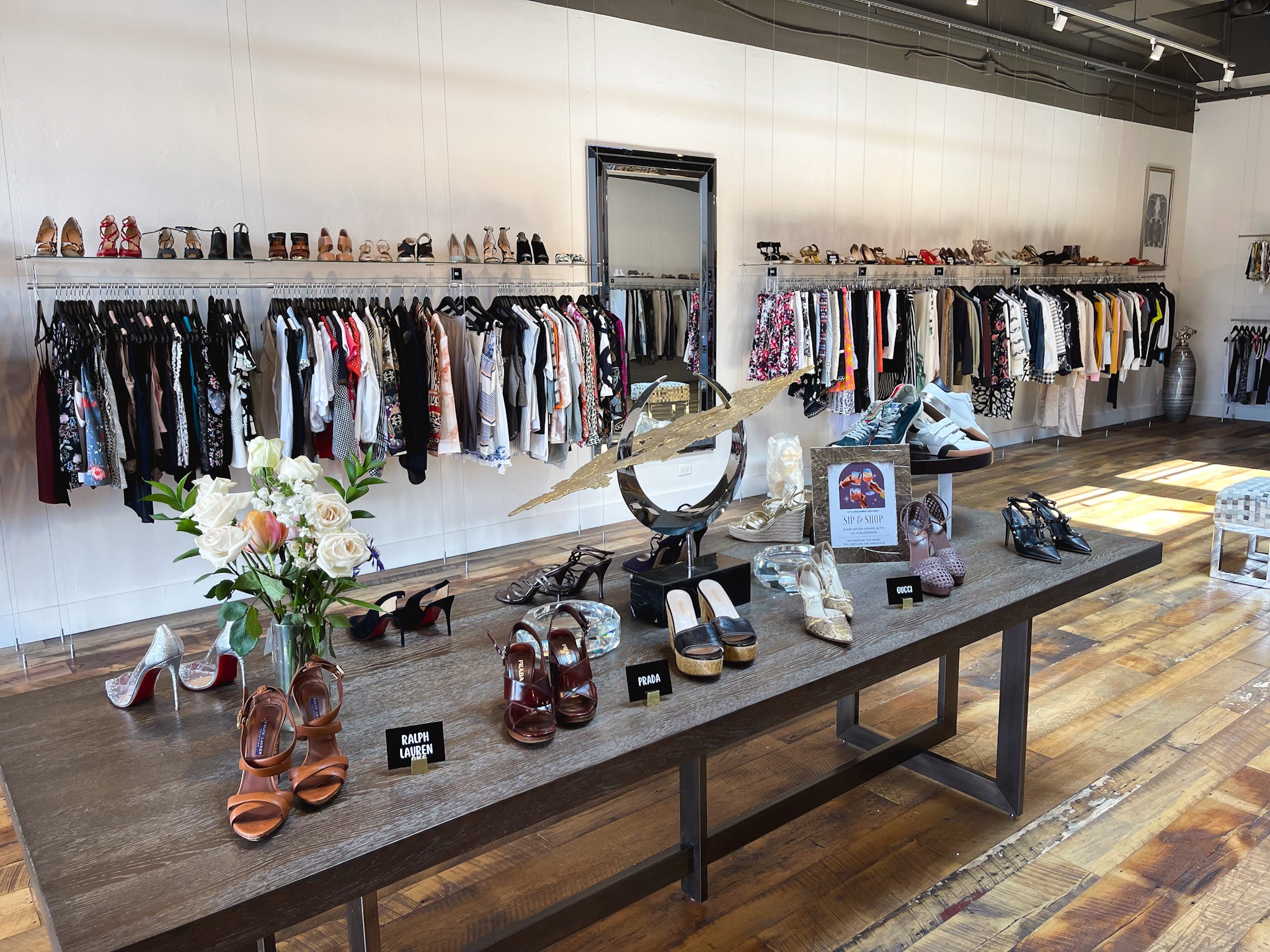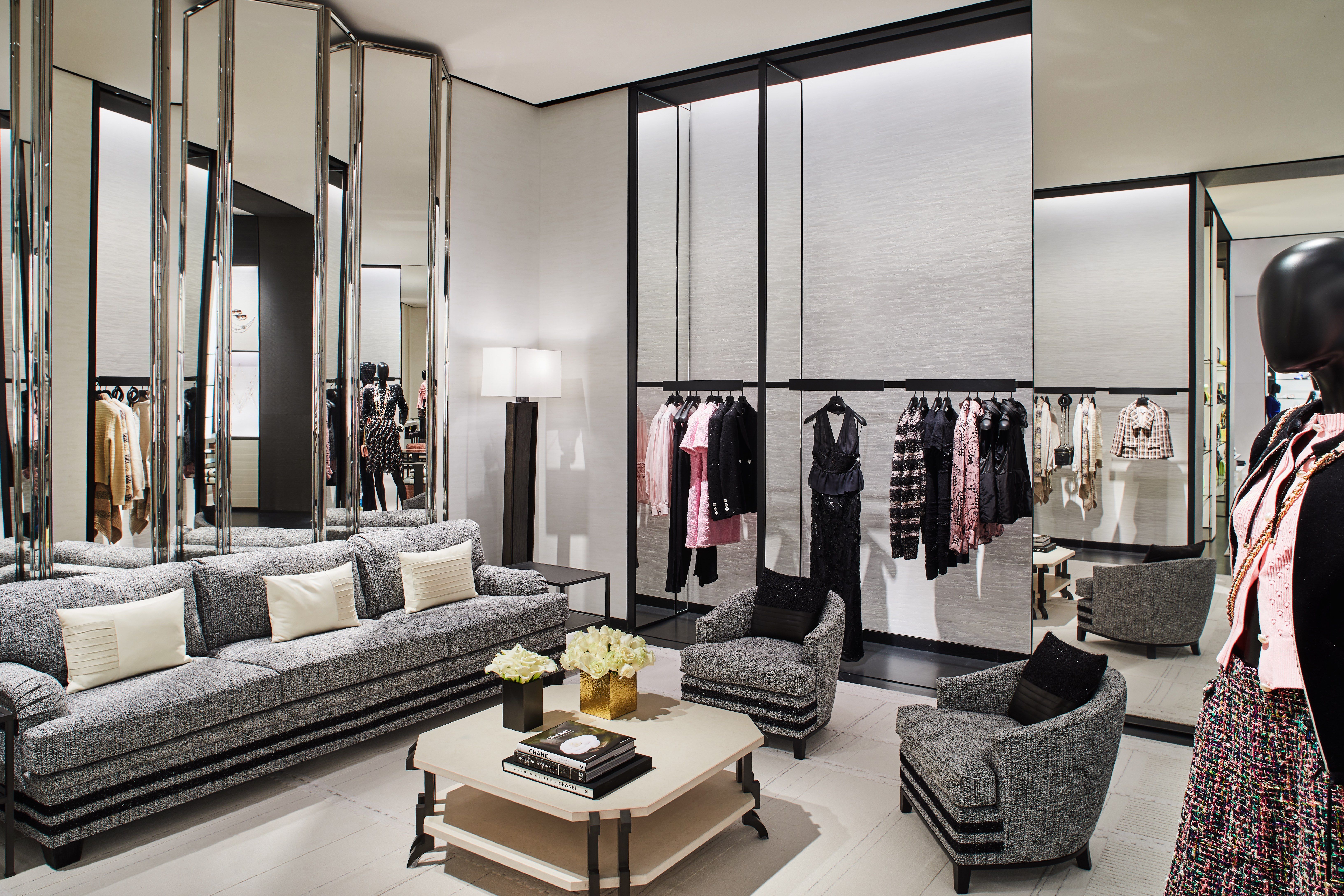Boost Your Closet with Stunning Boutique Fashion Essentials
Boost Your Closet with Stunning Boutique Fashion Essentials
Blog Article
Discovering the Advancement and Impact of Clothes on Modern Style Trends
The advancement of clothes has dramatically affected contemporary fashion patterns, combining historical criteria with sophisticated developments. Famous numbers like Coco Chanel and Yves Saint Laurent reinvented the style industry by presenting ideas that focus on convenience and accessibility, which continue to resonate today.
Historic Style Influencers
In the tapestry of style background, certain numbers have actually left an enduring mark, forming the patterns and designs that specify entire ages. Coco Chanel, an innovative designer, redefined women's fashion by presenting comfy, stylish clothes that left from limiting corsets. Her iconic Chanel fit and little black gown have ended up being timeless staples in wardrobes worldwide. Christian Dior's post-war "New Look" in 1947, with its event of femininity with full skirts and cinched midsections, marked a return to luxury and has proceeded to affect designers.
Elsa Schiaparelli is another crucial figure, renowned for her avant-garde layouts that included surrealist art, teaming up with Salvador Dalí to create whimsical pieces that tested conventional aesthetics. Her innovative use of color and vibrant patterns reverberates in modern fashion. Yves Saint Laurent, meanwhile, democratized high fashion with prêt-à-porter collections, bringing runway designs to the masses and establishing a criterion for modern ready-to-wear lines.
These visionaries, amongst others, not just transformed fashion in their times but additionally established withstanding trends that resonate in today's fashion industry, offering a structure whereupon contemporary developers proceed to construct and introduce. Their traditions emphasize the importance of imagination and daring in fashion's ever-evolving narrative.
Technical Improvements in Fashion
Among the dynamic landscape of the apparel industry, technical developments stand at the forefront of advancement, improving exactly how designers create and customers engage with fashion. The combination of 3D printing has actually changed style processes, allowing designers to try out intricate frameworks and sustainable materials that were formerly inconceivable. This technology facilitates fast prototyping, lowering waste and speeding up manufacturing times.

Smart textiles, installing innovation into materials, are also transforming the industry. Innovations like self-cleaning and temperature-regulating materials offer enhanced functionality and comfort. Wearable modern technology, incorporating functions like fitness tracking and interaction, includes a brand-new measurement to style, combining visual appeals with usefulness.
Social Shifts and Style
As technological innovations continue to reshape the apparel industry, social shifts are similarly prominent, redefining design and consumer preferences. Recently, the rise of social networks platforms has accelerated the circulation of worldwide style patterns, permitting diverse social impacts to coexist and merge. This digital interconnectivity has actually promoted the quick exchange of ideas, leading to a more eclectic and comprehensive analysis of style that shows the multifaceted nature of modern society.
Cultural understanding and recognition have motivated developers to draw motivation from a wider spectrum of see it here ethnic and historical contexts, integrating standard themes with contemporary visual appeals. This fusion has actually resulted in style that resonates with a wider target market, promoting a sense of identity and belonging throughout different demographics. Additionally, the raising need for customization has driven brands to provide adjustable choices, making it possible for customers to express uniqueness while showing their social heritage.
Moreover, moving social values have influenced style, with inclusivity and variety coming to be main styles. The industry has actually begun to accept models and influencers of numerous body types, ethnic cultures, and gender identifications, tough standard elegance criteria. This transformation underscores the power of cultural changes fit the future of fashion, as design becomes an extra website here authentic expression of personal and collective identification.
Sustainability and Modern Design
While the style industry proceeds to advance, the imperative for sustainability has actually come to be increasingly immediate, affecting modern layout methods. The surge of slow-moving style, which highlights top quality over amount, urges consumers to invest in classic pieces instead than transient trends.
Additionally, modern layout is identified by its advancement in decreasing waste and promoting circularity. This strategy not only reduces environmental effect however additionally improves the social responsibility of fashion houses.

Future Trends in Style

Sustainability will remain to be a driving force in forming future fashion trends. The industry is significantly taking on environmentally friendly materials and moral production approaches, replying to a growing customer demand see this page for responsible methods. Developments such as bio-fabricated products and closed-loop recycling systems are readied to redefine exactly how apparel is generated and consumed, decreasing ecological effect while keeping design and high quality.
Social changes, consisting of the increase of inclusivity and diversity, will certainly likewise play a critical function. As culture comes to be a lot more knowledgeable about social issues, fashion is anticipated to become a platform for expression and change. Developers will likely focus on producing collections that reflect a broader series of experiences and identifications, promoting representation and accessibility.
Conclusion
The development of garments considerably impacts contemporary fashion patterns, where historic influences merge with modern layouts. Key numbers like Coco Chanel and Yves Saint Laurent have redefined style, while technical innovations such as 3D printing and clever textiles increase innovative possibilities. Cultural changes in the direction of inclusivity and sustainability oblige brands to accept and embrace moral methods diversity. This ongoing evolution underscores style's function as a mirror to societal worths and technical development, recommending a future rich with innovation and inclusivity.
The development of apparel has actually dramatically influenced modern fashion fads, merging historical criteria with sophisticated technologies.In the middle of the dynamic landscape of the style sector, technological advancements stand at the center of innovation, improving exactly how designers create and customers engage with fashion.While the fashion market continues to develop, the vital for sustainability has actually become significantly immediate, influencing modern-day layout techniques. As sustainability comes to be ingrained in contemporary design, it paves the means for a more conscious and liable fashion sector.
The development of garments substantially influences contemporary style patterns, where historical impacts combine with contemporary styles.
Report this page